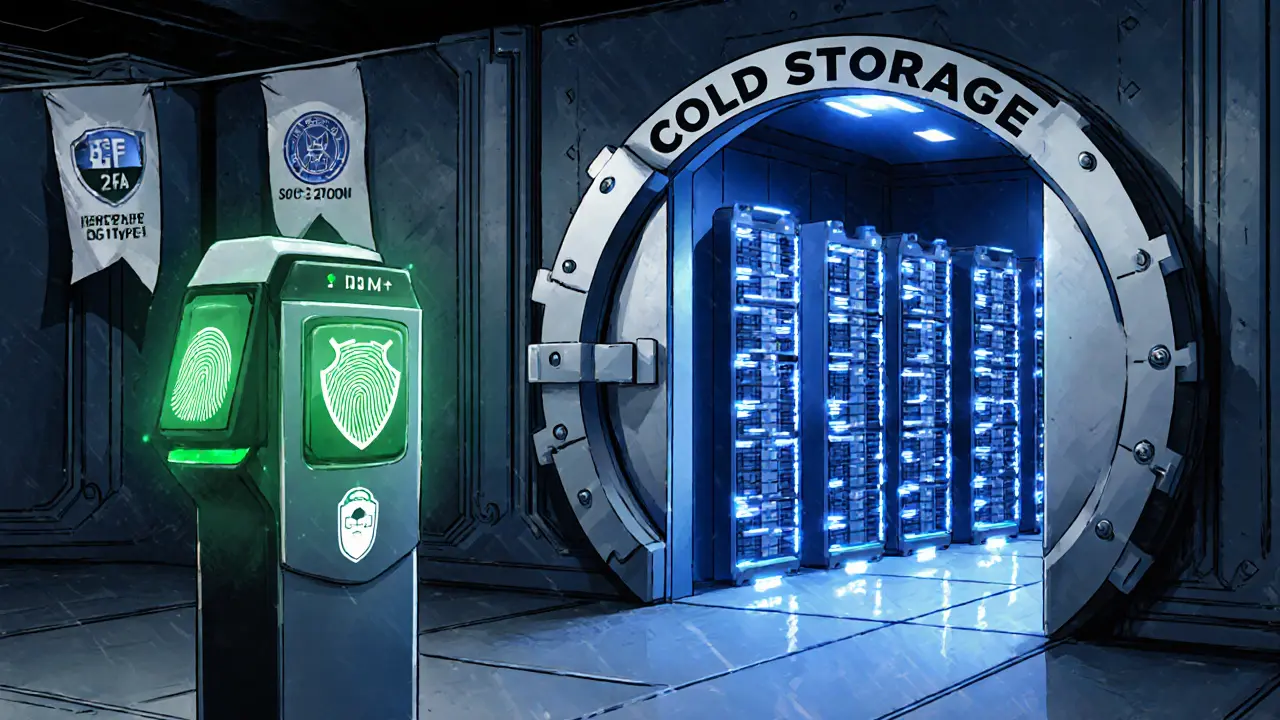Exchange Security: Protecting Your Crypto on Any Platform
When talking about exchange security, the set of practices, tools, and policies that keep crypto assets safe while they sit on a trading platform. Also known as platform safety, it matters to anyone who buys, sells, or swaps digital coins.
At its core, exchange security is tied to the crypto exchange, the online marketplace where users trade cryptocurrencies. A reliable exchange requires robust security audit, a systematic review of code, infrastructure, and operational procedures to spot weak points before attackers do. Regulatory compliance, adherence to financial laws and licensing standards influences how an exchange designs its security architecture, because regulators often demand transparent risk‑management policies. Finally, users benefit from a cold wallet, an offline storage device that keeps private keys away from internet threats, which adds an extra layer of protection for large balances.
Exchange security encompasses risk management, encryption, and real‑time monitoring. When a platform implements multi‑factor authentication, it reduces phishing success rates; when it isolates hot wallets from core funds, it limits damage from a breach. These technical safeguards create a chain reaction: strong authentication leads to fewer unauthorized logins, which in turn lowers the chance of stolen assets. Likewise, regular penetration testing feeds back into security audits, tightening the overall defense.
Evaluating an exchange’s safety starts with checking its audit reports. Independent firms publish findings that show whether smart‑contract code, API endpoints, and server configurations meet industry standards. Look for certifications such as ISO 27001 or SOC 2, which signal that the exchange follows best‑practice controls. Licensing information also matters—exchanges operating under recognized authorities usually undergo stricter supervision, which pushes them to maintain higher security baselines.
Trends are shifting fast. Decentralized exchanges (DEXs) are adding audit‑by‑design features, while centralized platforms chase insurance policies to cover potential hacks. Meanwhile, regulators worldwide are drafting rules that force exchanges to implement KYC/AML checks and to report security incidents within tight timeframes. All these moves raise the bar for exchange security, making it essential for traders to stay informed about the latest compliance requirements and protective technologies.
Below you’ll find a curated list of articles that dive deeper into each of these topics—from tax treatment of staking rewards to detailed exchange reviews and real‑world case studies of hacks and recoveries. Use them to sharpen your own security checklist, compare platforms, and make smarter, safer trading decisions.




